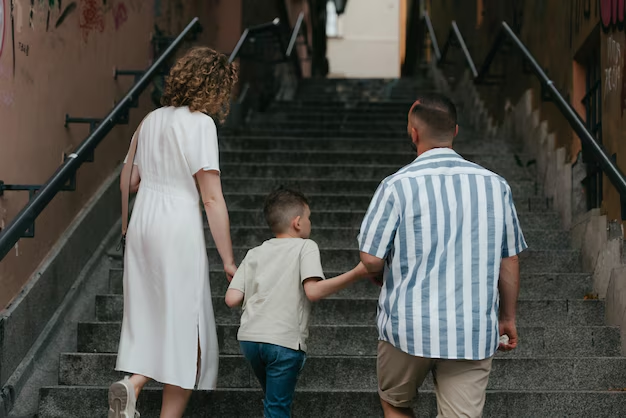Navigating NYC Homeless Shelters: What You Need to Know
New York City, with its vibrant culture and towering skyline, also grapples with a pressing issue: homelessness. Understanding the system and resources available in NYC can make all the difference for those seeking refuge.
Understanding NYC Homeless Shelters
NYC’s homeless shelter system is a critical support network, providing shelter and essential services to individuals and families in need. The Department of Homeless Services (DHS) oversees the city’s shelter system, ensuring that no one is left without assistance. Shelters range from family facilities to adult-only settings, all designed to provide immediate relief and support transitions to permanent housing.
How to Access Shelter Services
Anyone facing homelessness in NYC can begin by reaching out to a DHS intake center. Here’s how the process works:
- For Single Adults: Visit a DHS single adult intake center. Two primary locations are available, one in Manhattan and another in the Bronx.
- For Families with Children: Family intake centers evaluate and provide placement services.
- Adults with Partners (No Children): Coupled adults without children should also visit a designated single adult intake center.
Upon arrival, an intake assessment helps determine the best shelter fit and additional needs, like medical care or employment services. Emergency services are available 24/7, ensuring rapid response for individuals in dire need.
Beyond Shelter: Financial Assistance and Resources
While shelters offer immediate relief, many individuals and families need long-term solutions to achieve stability. Fortunately, NYC provides several resources to assist individuals in the transition from homelessness to self-sufficiency.
Government Aid Programs
- Supplemental Nutrition Assistance Program (SNAP): Designed to ensure food security, SNAP is accessible to those within income guidelines.
- Temporary Assistance for Needy Families (TANF): Offers financial aid to low-income families, helping with essential expenses.
- Home Energy Assistance Program (HEAP): Aids with heating and cooling costs for low-income households.
Debt Relief Options
- Credit Counseling Services: Non-profits offer credit counseling and debt management advice, assisting in overcoming financial burdens.
- Debt Consolidation Programs: These programs can simplify payments and often reduce the overall debt burden.
Educational and Employment Opportunities
Boosting employment skills can be pivotal for long-term success. NYC provides several initiatives:
- Workforce1: Offers career services ranging from job training to interview preparation.
- Educational Grants: Programs such as the Pell Grant assist low-income individuals seeking higher education.
Leveraging Financial Tools
Navigating financial challenges often requires smart financial tools. Credit cards with low-interest rates or favorable terms can offer temporary relief and help establish credit. However, prudent management is key to avoiding debt spirals.
Taking the Next Step
Accessing the appropriate resources and understanding the network of services available not only provides immediate support but also empowers individuals on their journey to stability and self-sufficiency. By taking advantage of the programs outlined, individuals can forge a path towards a brighter, more secure future.
🌟 Key Resources and Programs for Support
- 🏠 DHS Intake Centers: For immediate shelter
- 📊 SNAP & TANF: Financial aid for essential needs
- 🔄 Debt Counseling: Expert financial advice
- 🎓 Educational Grants: Support for continued education
- 💼 Workforce1 Career Centers: Job training and placement
- 📊 Credit Solutions: Debt consolidation and credit repair
By leveraging these resources, individuals can confidently navigate their current challenges and work towards a more stable future. Remember, help is available, and the first step is reaching out.
